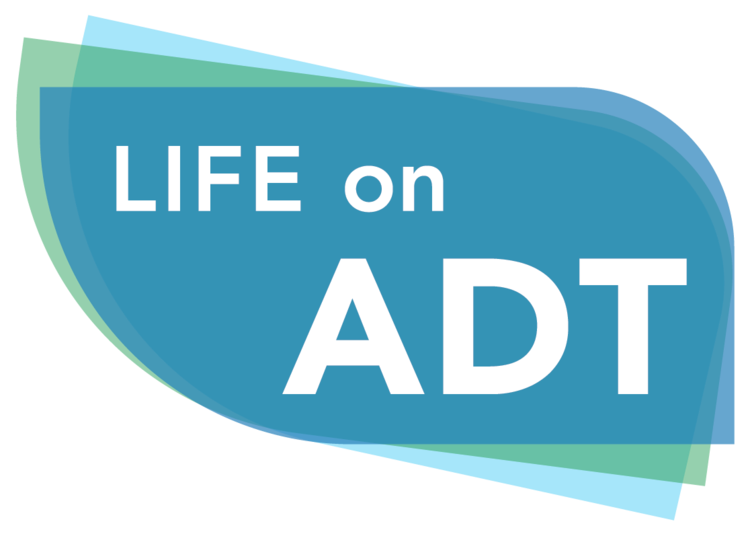Well, not exactly. Let's start with some basic facts. Prostate cancer patients in general are not getting enough physical exercise and this is particularly true of men on ADT.
There is now a report out of Toronto that looks at the relationship between quality-of-life (QoL), physical activity, and the amount of time men on ADT spend being sedentary. The study specifically focused on men who were not getting the recommended 150 minutes per week of moderate to intense exercise. One hundred and six men, with a mean age of 72.2 years, were included in the study.
What is particularly interesting about this study is that the researchers divided the men into groups based on whether they reported a high or low quality of life to begin with. In simple terms, for some men, QoL improved more if they were less sedentary whereas for others being more active (less sedentary) didn’t necessarily improve their QoL.
One can understand these results in common sense terms, reflecting on the aches and pains that come with aging. Men who were sufficiently uncomfortable with activities of daily living (to an extent that could not be accounted for statistically) were excluded from the study. But that didn’t mean that all men in the study were vigorous and pain free. One can imagine that during the course of the study there were men who felt better by getting up and moving around, whereas for others just getting out of the chair might have been enough of a challenge to reduce their QoL.
This study is great for looking at a population of men on ADT who are often older, largely inactive, and spend a lot of time sitting. It suggests, however, that health physiologists, who work with this population, need to consider variables other than simply the absolute time spent sitting or moving around. The researchers point out that there are now wearable activity meters that record not just whether a person is sedentary or moving around, but how many times a person gets up from sitting. Being realistic, we cannot expect all patients on ADT to get to the gym for 150 minutes or more a week. So, we need some quality recommendations on whether those men should be spending more time doing activities of daily living and whether they should be doing them in longer or shorter bouts. If we are going to help this patient population, we need to give them good, evidence-based advice on simple things like how often they should get up from sitting.
In a similar vein, exercise physiologists need to consider other factors that influence QoL for men on ADT, recognizing that the ADT agents often lead to depression (which, in and of itself, can make it difficult to get up off the couch).
We look forward to more research from this group and the recommendations they come up with to help more patients on ADT become both more active and have a better QoL overall.
To read the study abstract, see: https://link.springer.com/article/10.1007/s10865-022-00285-7
Reference:
Trinh L, Alibhai SMH, Culos-Reed N, Sabiston CM, Jones JM, Rosenberg DE, Whitehorn A, Bastas D, Faulkner GE. Associations of light physical activity, moderate-to-vigorous physical activity and sedentary behavior with quality of life in men on androgen deprivation therapy for prostate cancer: a quantile regression analysis. J Behav Med. 2022 Jan 21. doi: 10.1007/s10865-022-00285-7. Epub ahead of print. PMID: 35061159.
